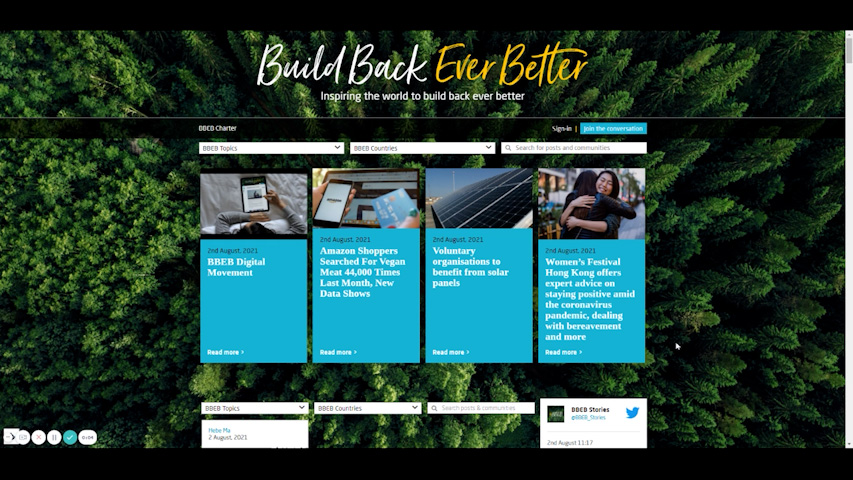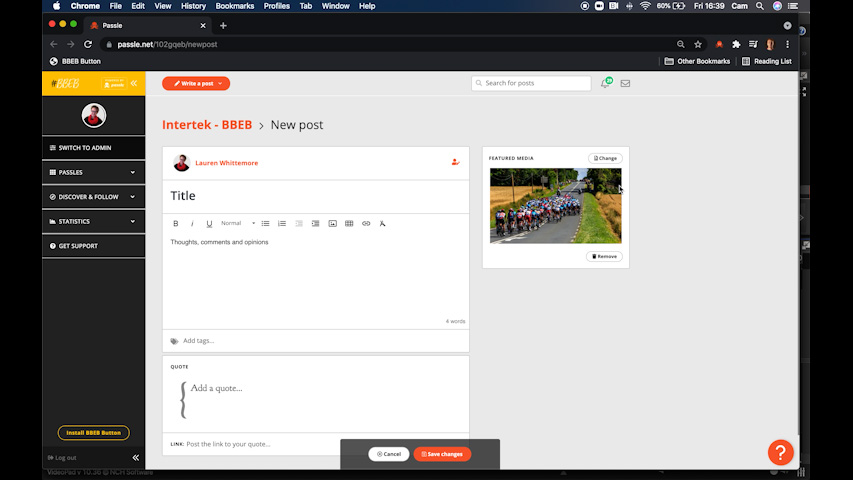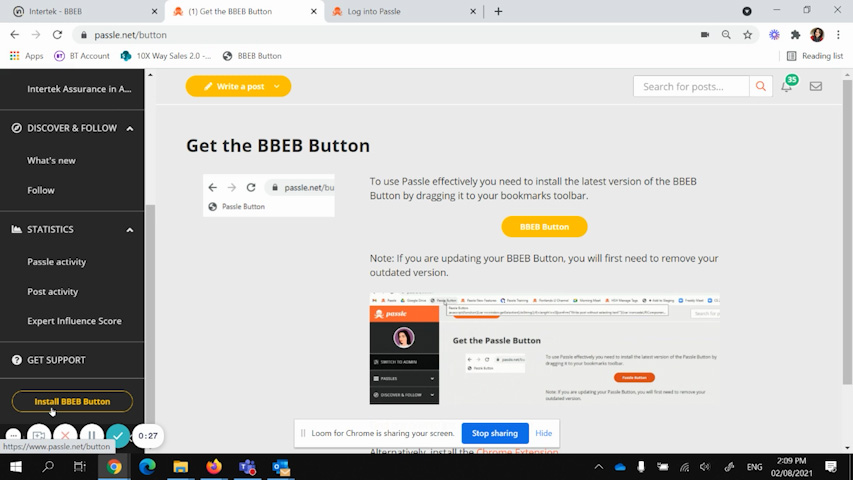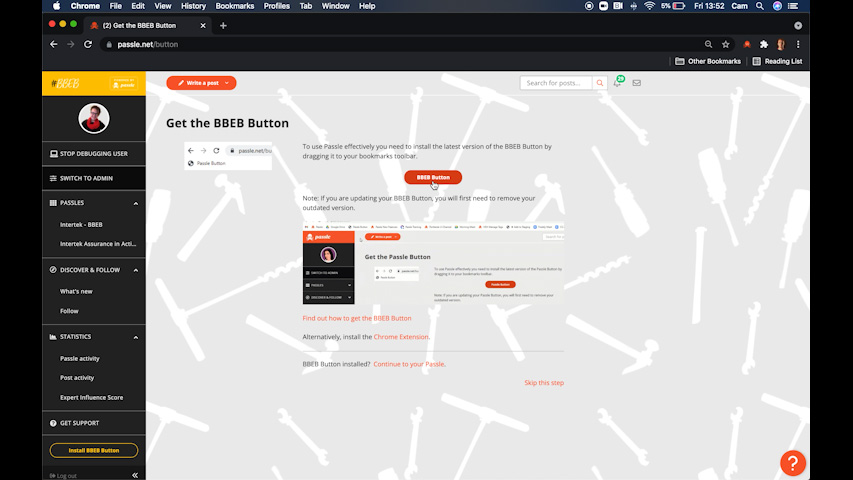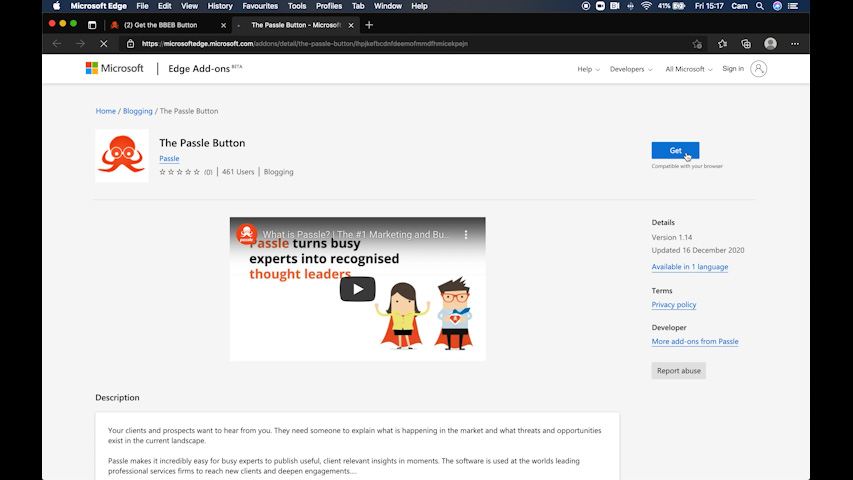The Accessible Canada Act received royal assent on June 21, 2019, and came into force on July 11, 2019. It was developed following inclusive and accessible federal consultations with the disability community. More than 100 accessibility organizations and 6,000 Canadians shared their views and ideas about an accessible Canada.
The purpose of the ACA is to create a barrier-free Canada by 2040. To reach this goal, the ACA gives major responsibilities to federally regulated entities (FREs) in the public and private sectors. Under this law, FREs must proactively identify, remove, and prevent barriers affecting many aspects of the lives of PwDs. These barriers deny PwDs their right to participate fully and equally in Canadian society.
Stephanie Cadieux was appointed as Canada's first Chief Accessibility Officer in May 2022. She serves as an independent, special advisor to the Minister of Diversity, Inclusion and Persons with Disabilities on systemic or emerging accessibility issues, and she reports on outcomes achieved under the Accessible Canada Act.
The first annual report has been issued highlighting progress since her appointment, but also calling for more urgency and pace to change. The report highlights fours areas of focus:
- Mandatory Training (awareness)
- Regulations
- Dedicated Accessibility Funding
- Data
Read the full report Everyone’s business: Accessibility in Canada - Report from the Chief Accessibility Officer, 2023 - Canada.ca
I find the approach of raising awareness, implementing policy, providing funding and tracking with data to be logical steps that apply to business wanting to improve their accessibility to.
This first Annual Report from the Chief Accessibility Officer is a milestone moment for the Government of Canada and our implementation of the Accessible Canada Act. I would like to thank Stephanie Cadieux for the dedicated work she is doing as an advocate for diversity, accessibility, and disability inclusion, and I look forward to continuing to work with her to improve the lives of all Canadians with disabilities. As we forge ahead, our Government will keep on championing meaningful change through strong policies by partnering with the community and demonstrating our unwavering commitment to inclusivity and equal opportunities for all Canadians.
 unknownx500
unknownx500












